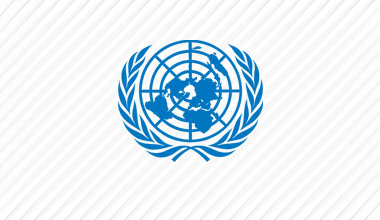Gang violence in Haiti continues to spread beyond the capital, reaching the rural areas of Artibonite and Centre
Port-au-Prince, 11 November 2025: During the third quarter of 2025, although gangs did not gain further ground within the capital and were even pushed back from some neighborhoods, their attacks continued to spread to the peripheral and rural areas of Port-au-Prince, as well as to the Artibonite and Centre departments.
In total, between 1 July and 30 September 2025, at least 1,247 people were killed and 710 injured. In addition, there were at least 145 kidnappings for ransom and 400 victims of sexual violence.
Gang attacks accounted for at least 30 percent of all those killed or injured. As in the previous quarter, gangs continued to use violence against residents of neighborhoods under their control, particularly those who resisted their authority or were suspected of collaborating with the police or self-defense groups.
In the outskirts of the capital, particularly in Arcahaie and Cabaret, as well as in the Artibonite and Centre departments, their attacks were largely indiscriminate, aimed at seizing control of localities located along strategic roadways leading to the northern and eastern parts of the country.
Sexual violence perpetrated by armed gangs remains at an alarming level. Most of these acts involve gang rapes, often committed during home invasions or while victims are moving through the streets. Such sexual violence, frequently used as a tool of exploitation or punishment, has devastating physical, psychological, economic, and social consequences for survivors and their families.
The trafficking of children by gangs for purposes of exploitation and involvement in criminal activities remains particularly concerning, driven by poverty, social exclusion, and the criminal governance exercised by gangs in the neighborhoods under their control.
Additionally, nine percent of those killed or injured were victims of violence attributed to self-defense groups and members of the population associated with the “Bwa Kalé” movement, targeting alleged gang members and individuals suspected of collaborating with them.
Finally, 61 percent of those killed or injured were victims of security force operations. The report also highlights the continued occurrence of summary executions involving police officers and drone strikes supported by a private military company. Among the victims of these drone strikes were at least 39 members of the population, including children.
In this context of armed violence, the population continues to face severe obstacles in accessing basic services, while gang attacks on homes, public infrastructure, and other buildings continue to cause large-scale displacement. By the end of September, more than 1,400,000 people had been displaced across the country.
During the quarter, despite persistent constraints in resources, capacity, and institutional functioning, the authorities, supported by the United Nations, continued efforts to combat corruption and strengthen accountability. Progress was made in operationalizing the two specialized judicial units established in April, despite logistical challenges. The authorities also launched initiatives to accelerate judicial procedures, including the holding of criminal hearings and prioritizing cases involving minors.
On 30 September, the Security Council authorized the deployment of a Gang Suppression Force, which replaces the Multinational Security Support Mission.
--END--
Contact:
Mathias Gillmann
Porte-parole du BINUH
 UN
UN

